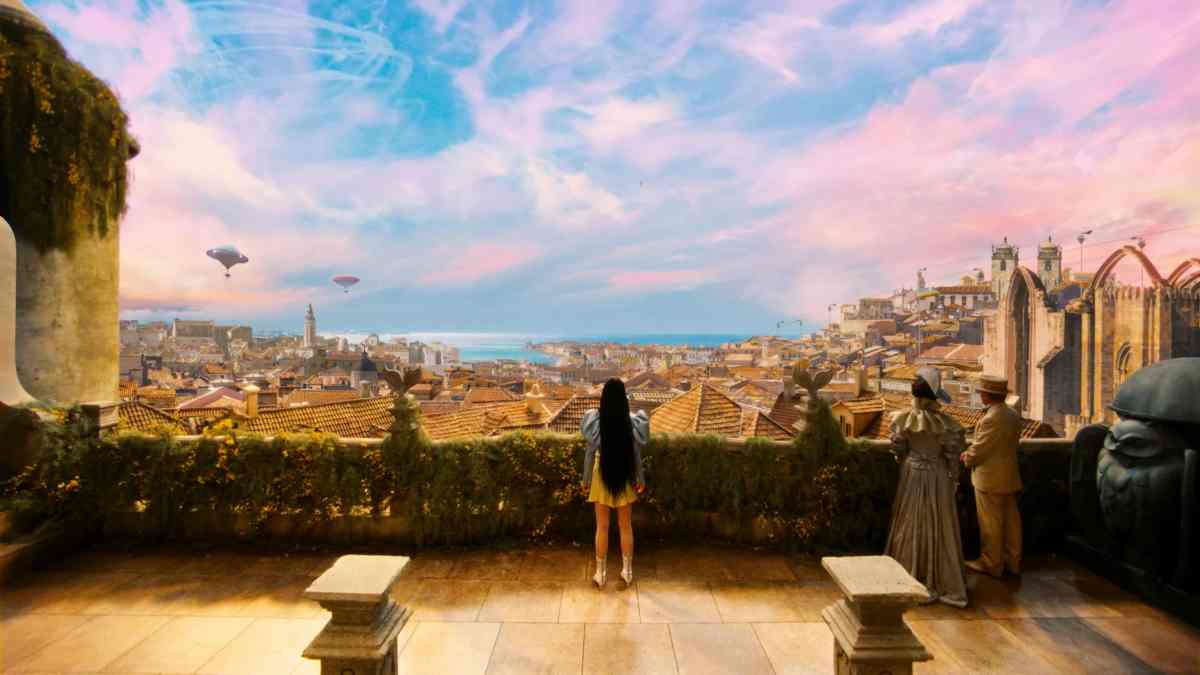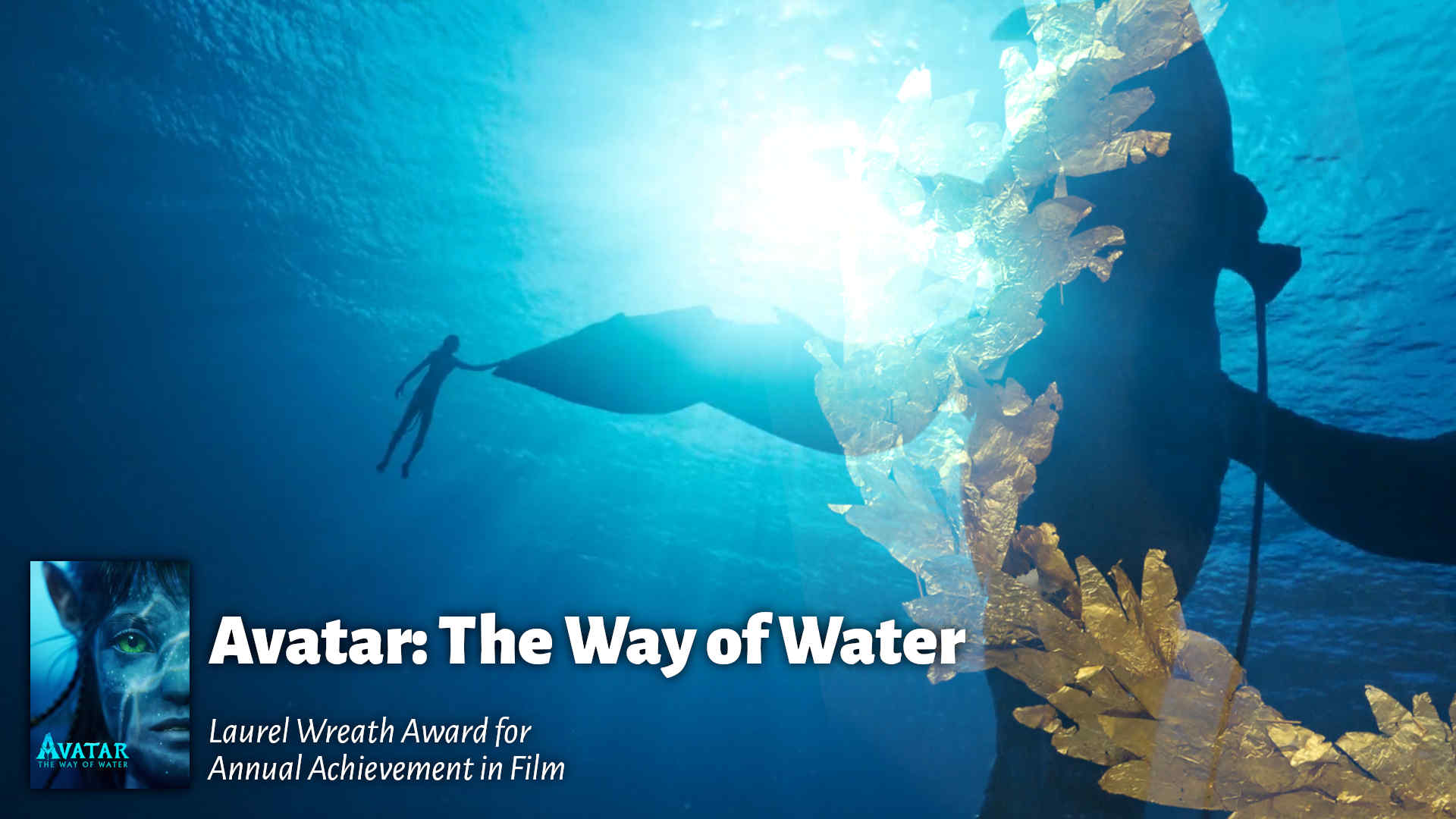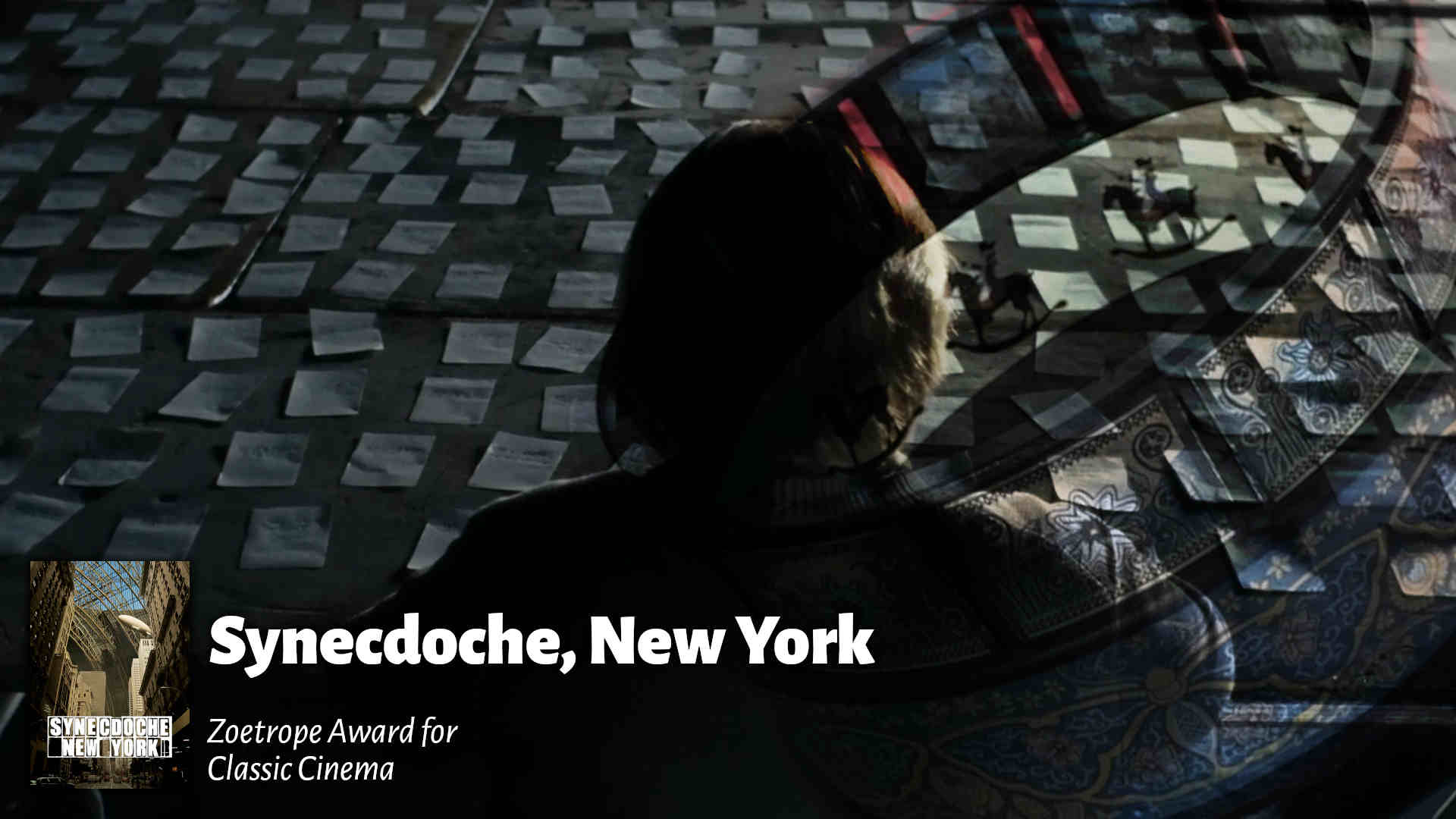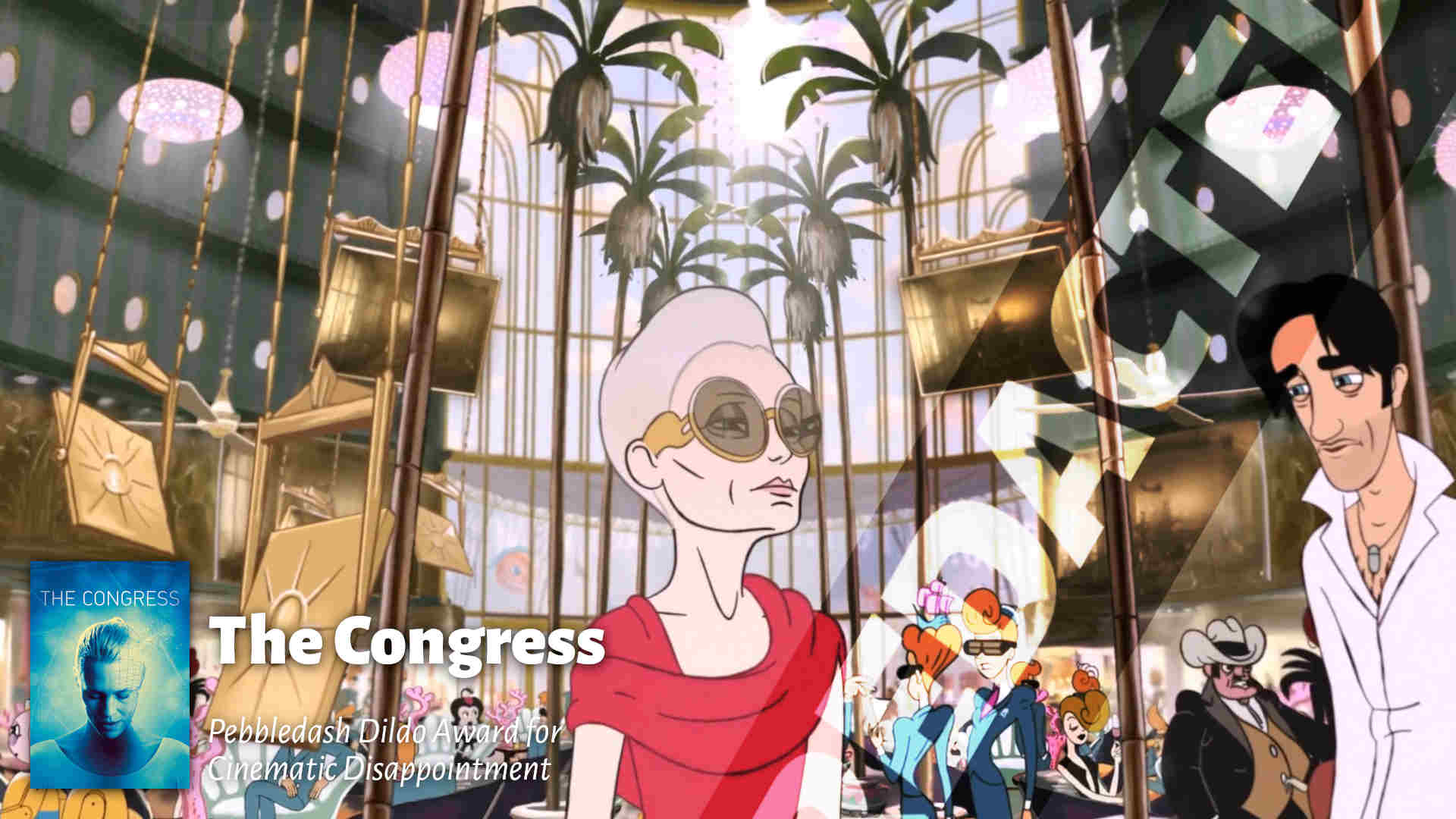I’ve been trying to pick up vector mapmaking, since the raster image editing situation on Linux is so dire — so here’s something.

I’ve been trying to pick up vector mapmaking, since the raster image editing situation on Linux is so dire — so here’s something.

60% or so of uploads of “Tainted Love” on Youtube have the 👏️👏️ muffled to a damp squib, and it’s always a game of Russian roulette trying to listen to it. A very, very mild game of Russian roulette. Belarusian roulette, maybe.
I started watching Star Trek: The Next Generation recently — starting at season three, of course, as i was repeatedly advised — and i’m positively kicking myself for not doing it earlier. This is bloody good television (except Wesley, but i imagine they give up and throw him out the airlock at some point), and only now do i realise how often i have stood on the shoulders of giants without even knowing it…
(Data’s the best character. Obviously. He’s literally me™.)
I’ve been programming a music player and gotten deep in the weeds of metadata formatting — turns out the library i was using only supported reading, not editing — and i just have to say: thank the Gods for UTF-8.

Hail, the mustelid! Greatest family of the animal kingdom, nay, the eukaryote demesne. They are nigh universally cute — a charming sausage shape — and often small, but unlike their tamèd brers and sisters in Canidæ and Felidæ, they have never succumbed to human domestication and demeaning.1
Indeed, they are deceptively mighty for their size; the least weasel, an accurate name if there ever was one, proudly squeaks as the smallest carnivore on land, and with its mighty jaw can take down a rabbit ten times its greater, or even, should you believe the ancient Greeks, a basilisk. (So goes it for the otter, too: a lutra lutra might never look like it has a single thought running through its head, but show it to a streamful of fish, and you will witness a bloodbath that would make Tamerlane blush.)
I might myself take a broader view of the term and insert an O in that mustelid, bringing us up to the dynasty Musteloidea, where not only weasels, martens, and otters roam, but the mischievous American raccoon, the adorable red panda, and the e’er-defensive skunk. But the title says “mustelids”, and i am not one to argue with my fifteen-minutes-ago self, so in our little kindred we shall remain.
A last thing to note before we return to pathetic Prīmātēs, the greatest thing in all the family, the peak of all the realm of life, the chief reason among chief reasons that mustelids are the best:
They all sound like squeaky toys.


I would like to kick off the second annual Satyrs’ Forest Horny Awards™ with an epigraph from myself, at the end of 2021, predicting what lay ahead. I wrote, and i quote:
Hahahaha oops!!!

Look. Look. I’m not happy about this either. But he got me. That fucking James Cameron boomed me. I’ve never even seen the first one!
Everything about Avatar: The Way of Water puts our decade-long glut of superhero movies to shame. The visuals, thirteen years in the making, are indistinguishable from reality. (You will believe the sexy blue cat people are real, and you will rewatch it three times in Imax and still never figure out how they composited the scrawny human kid in.) Every tiny anthropological detail envelops you in the world of Pandora, meticulously constructed by the new god-king of worldbuilding. But most of all, it’s sincere. There are no tiresome quips of ”well, that just happened”. The characters never make fun of how silly this all is. It just lets itself be itself.
Some might shunt the film’s story and characters to the back seat, and in many ways, that’s fair: nobody goes to see an Avatar movie to find out if Jake and Neytiri get a divorce. But that’s just the James Cameron style, man! He paints with a broad brush, and because of that, his stories connect with everyone from Chicago to Chittagong. Noöne ever complained about Titanic just being Romeo and Juliet on a boat, after all.
So, much as it might bug the poser in me to heap praise upon the fourth-biggest film in history, congratulations to the best film of the year: the one with the smurfs.

I have too many thoughts about Synecdoche, New York and i’ve never been able to organise them all into anything coherent, so i’ve set a timer for fifteen minutes and i’ll just stop when i stop. This is going to be a mess.
So, first of all, this film is only two hours long. I say “only” because it feels like four when you’re watching it. This takes place over, god, what, thirty or forty years? And you feel time slipping away just as Caden does.
Oh, uh, Caden Cotard is our main character, a hypochondriac playwright with ambitions of dizzying scale, played masterfully by the late great Philip Seymour Hoffman. I’m not sure he’s meant to be a real person; rather, just as his fictional play (the size of the actual city of New York) balloons to its own world with its own Caden and its own play, he is just the creation of the unseen Ellen1, one world up, somewhere in between him and Charlie Kaufman.
There’s a moment halfway through that might be the best single second in a movie ever. Caden goes to Berlin to find his long-lost daughter Olive working as a prostitute — and as he enters the brothel, the door creaks behind him… sounding just like a baby’s cry.
I put off watching this movie forever because i knew it was bloody depressing, and indeed, i spent the last half barely containing a film of salt water behind my eyes. Two main candidates for best scene (spoilers!) — Sammy (the stalker who Caden hires to play himself)’s heart breaking, and the very end, where everything fades to grey.
Jon Brion’s score is incredible, by the way.
That shot, when Caden finds out his dad died, and Sammy’s shadow looms behind the curtains like the Grim Reaper? Brilliant.
The one piece of the puzzle i still can’t figure out is what’s up with Maria. She’s this corrupting influence on everyone Caden loves, but bears the name of the Virgin Mary — which makes it difficult to slot her in, as i tried, as the Devil to Ellen’s God. Hm.
It’s funny how Caden never really gets any sicker, but the world around him does. (There’s some gender identity stuff in there too, but honestly it all seems like the type of thing that could be attributed to other stuff to me. I don’t think Caden’s literally trans, he just happens to be the self-insert of a woman.)
That’s my fifteen minutes up. Synecdoche, New York! Greatest movie ever made.

It all started so innocently. It was a family movie night, and me and my mam were in the mood for something uplifting. I’d asked on Reddit for movies with the same manic exuberance as The Fifth Element or Elvis, where some strange new colourful thing is thrown at the screen a mile a minute and the viewer is ripped along for the ride.
Mad Max: Fury Road? Seen it. Mandy? Not in the mood for horror. But The Congress? Now that sounded interesting. The reviews were coy, but all praised the psychedelic, mind-bending world crafted by director Ari Folman.
Count us in, i suppose. And so began my journey into hell.
To get the “coveted” Pebbledash Dildo, you don’t just have to be bad. It is, after all, an award for disappointment. You must have a kernel of a great idea within you, one that is so simple to make something good out of, and fuck it all up anyway. That kernel can be found in a single brilliant scene, a diamond within this pile of filmic zirconia.

The premise of The Congress is more relevant now than ever, in this age of digital doubles, deepfakes, and AI actors. Robin Wright plays herself, who reluctantly decides to scan herself into digital form, so the studio can use her likeness forevermore without her having to break a sweat. As she stands among the blaring lights of the scanner, her agent recounts to her the story of how they first met, bringing tears to her eyes. It’s a genuinely touching moment, and a springboard off of which so many ideas could dive, a trunk from which so many stories might branch.
Then it all goes to pot, and thirty years later, everyone is permanently on drugs, and so the film switches to oh god what the fuck is that get it off get it off get it off my fucking screen
So Robin Wright, now in a world of terrifying Newgrounds Betty Boop clones, attends the titular congress, where the CEO of the subtly named Miramount does a Hitler rally for his new drug. Then she meets generic Prince Charming man, the very person who scanned her in to the system — an interesting idea that they do absolutely nothing with — and they have ugly cartoon sex, she gets locked in a freezer for 300 years, and she goes in a balloon to find her terminally ill son… or… something?
I have never seen a film fumble the ball this badly, and be such an assault on the senses to boot. You won, Ari. Enjoy the money; i hope it makes you happy. Dear lord, what a sad little life, Ari. You’ve ruined my night completely.

Javascript has come a long way since the days of marquee tags and spacer gifs. You can do a lot with the API they give you to mess around with your web page’s content — but alas, so many of the functions have such verbose names!
To solve this, while not having to deal with the heaving weight of jQuery’s ten billion lines of IE6 compatibility, i made my own little alternative, and carry it everywhere with me:
const $ = sel => document.querySelector(sel);
const $$ = sel => document.querySelectorAll(sel);
Element.prototype.$ = Element.prototype.querySelector;
Element.prototype.$$ = Element.prototype.querySelectorAll;
EventTarget.prototype.on = EventTarget.prototype.addEventListener;
const documentReady = fn => document.on("DOMContentLoaded", fn);
What it does, in a nutshell: Use $ to select something matching a
CSS selector, and $$ to select an array of
everything it matches. (This is already available in your browser’s dev tools!) You can
also use it on an element to restrict your search to its children — say,
$(".post").$$("aside"), or some other such fanciful chaining.
.on, meanwhile, lets you listen out for events like so:
$("#my-button").on("click", () => { /* Your function here… */ })
Finally, documentReady is just a nicer name for the frankly obtuse “DOMContentLoaded”.
Enjoy. Or don’t, i suppose. Hopefully it makes your hypertext tinkering just a little nicer. :-)
I must apologise most profusely for not putting the other submissions for Lords of Misrule on the blog in a timely fashion. They were quite long, and i tended to procrastinate for quite a while on their inclusion, and so i ended up not bothering for fear of cluttering up the timeline with endless scrolling past other people’s creations — not a particularly dignified viewing environment for them.
But here they are in all their glory, on the main site:
Iō Saturnalia! Today’s post comes from an anonymous reader in Santiago — to comment, please visit its page on the main site.
as a kid coming down the portway into the harbourside through here was always so epic: going past the rugby club, along the seamills bridge, down the hill, past the willow whale, seeing climbers on the gorge, the tunnels randomly sticking out the cliff looking like something out of minecraft, then coming around the bend and seeing the absolutely massive iconic bridge so high up. diving into the short tunnel type thing and then being greeted with an truly odd mix of architecture being the announcement of entering the city so dramatically. first ashton gate sticks out slightly, and then driving past the first row of house (the last one before the turn has a waving flag of the spanish republican international brigades — always fun for us, i am from spain but grew up in the middle of farmyland severn vale — we always came down via the m5 and even there i remember the giraffe cranes at avonmouth and the hovis silos), then being greeted with these brutalist tendales towards the airport, but we would always come off and into the redeveloped harbourside of its modern style and parked in the (very expensive im told) millenium square car park. the short drive through hotwells road was always very strange to me because its old georgian and victorian housing sandwiched between two far more modern areas. the nautical theme with the absolutely massive victorian ss great britain is also great, it used to have even more colourful flags !
the trip back was still good but never as cool as that experience, just a bunch of huge weed-themed graffiti on the quarryfaces across the river. will probably look much cooler if the train ever comes back that side.
It’s that time of year again for the dictionaries of the world to come remind people that they still exist, and that there is absolutely, definitely a reason for anyone to ever pay for them instead of going on Wiktionary for free1, by proclaiming a singular lemma to be Word Of The Year™.
They’re not usually very good at it. Irritatingly often they plump for words that were around for hundreds of years before that year, slang terms that won’t be around in five years, let alone fifty, or terms with dubious status as words at all. That is why last year, as chief etymologist and steward of this noble wood, i picked my own — “special military operation”. In hindsight, i might have chosen something less dour, but that’s the way the biscuit breaks.
So then, how can you capture the essence of the year that was 2023 in a single word? It has been a year of political stagnation, social carrying-on-per-usual, but of technological upheaval. Merriam-Webster thought authentic summed it up best, as a counter to industry plants and GPT malaise… but i’m sorry, that’s bollocks and they know it. Not a word from 2023, been around for decades, go straight to gaol, do not pass go.
Oxford, on the other hand, had a rather different, more vernacular choice — one i am inclined to agree with. The word of the year for 2023 is:
rizz
noun. (colloquial) Effortless charisma, the sort that lets you win friends, influence people, and get the girls.
I’ll admit, it’s not quite a 2023 word. It first gained steam in late 2022, and was popularised by the streamer Kai Cenat all the way back in 2021 — but to hell with it! The first mention in my group chat is January of this year, and it has taken the youth by storm in such a way that it seems destined to stick around, even if only to call back to the twenties the way radical might the nineties or groovy the sixties.
It too captures Merriam-Webster’s reaction to the plastic sheen of modern technology. Your friends might have rizz. The people you follow online might have rizz. But ChatGPT? I’m sorry, Dave, but as a large language model, it is not possible for me to have rizz.
Merry rizzmas, everyone, and a happy new year — let’s hope 2024’s word is as undour as this one!
I hope dearly that Jodie Whittaker gets 9,000 Big Finish stories to make up for the Chibnall years of Doctor Who. She deserved better.
I have officially decided to become annoying and switch to Linux. I can tolerate many things from Microsoft, but i will not tolerate them taking away my vertical taskbars!